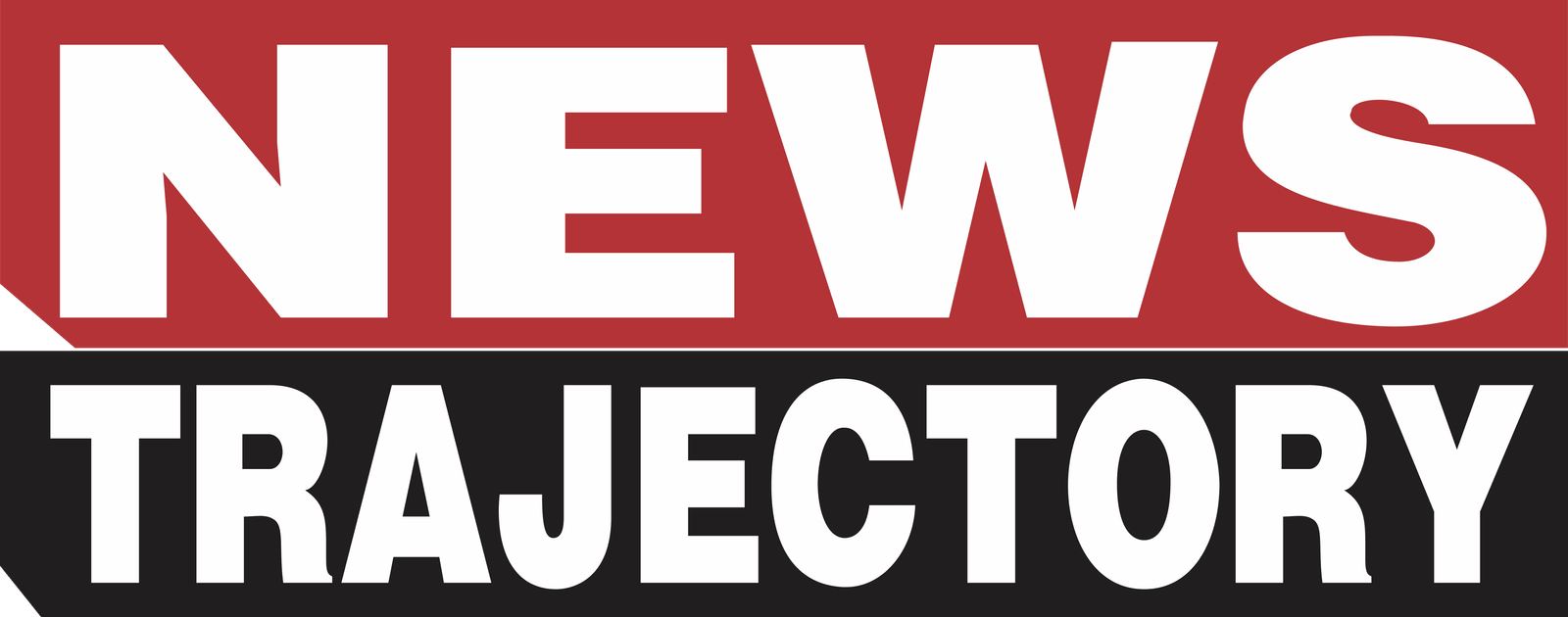After enduring five consecutive days of red screens, tension-filled trading floors, and investor uncertainty, Indian stock markets finally found a reason to breathe a sigh of relief. On July 4, Sensex and Nifty closed in the green, breaking their losing streak with a quiet but meaningful gain. The rebound may be modest, but for investors and market watchers, it offered a much-needed reassurance and a sense of relief.
For a week dominated by volatility, global trade fears, and cautious speculation over the upcoming US tariff deadline, Friday’s session gave Dalal Street a sense of stability, if only for a moment.
A WEEK OF WHIPLASH ENDS WITH RELIEF
The Sensex, which plunged to an intraday low of 83,015, clawed back to end at 83,432.89, a gain of 193.42 points or 0.23 per cent. The Nifty followed suit, adding 55.70 points or 0.22 per cent, closing at 25,461. It marked the first rise in domestic indices after five consecutive sessions of losses.
This green close, though gentle, was a welcome breather in a week marred by uncertainty. Persistent foreign portfolio investor (FPI) outflows continued to put pressure on equities, but value buying in IT and banking stocks helped the markets stay afloat.
SECTORAL STRENGTH AND SILENT SUFFERING
While the headline indices closed in the green, the road was anything but smooth. The week saw the Sensex and Nifty declining by 0.4-0.7 per cent cumulatively. Traders navigated high intraday swings as concerns over US-India trade talks, global economic signals, and tariff tensions fueled a risk-off mood.
“Investors are not exiting, but they’re not committing either, said a market strategist from Mumbai. They’re waiting—for earnings, for trade clarity, for signs that the worst is over”
Nifty IT, Nifty FMCG, Nifty Media, Pharma, PSU Bank, and Oil & Gas were the week’s quiet heroes. In contrast, Nifty Auto and Nifty Metal bore the brunt of negative sentiment.
Among Sensex constituents, stocks like Infosys, HCL Technologies, Bajaj Finance, Hindustan Unilever, UltraTech Cement, and TCS posted decent gains. On the other hand, heavyweights like Sun Pharma, Tata Motors, ITC, and Asian Paints closed in the red, revealing a market still divided in sentiment.
TRADE TALKS LOOM LARGE
At the center of this volatile week is a deadline—July 9. As the US administration, led by President Donald Trump, reviews its reciprocal tariff policy, investors in India are treading lightly. The uncertainty surrounding a potential interim trade deal between India and the US has cast a long shadow.
Last week, optimism was higher. Hopes of a delay in tariff action, a calmer geopolitical situation in the Middle East, and positive global cues kept Indian indices rising. However, this week, while caution has returned, it has not entirely dampened spirits. Cautious optimism still persists among investors, keeping the hope alive.
“Investors are not exiting, but they’re not committing either,” said a market strategist from Mumbai. “They’re waiting—for earnings, for trade clarity, for signs that the worst is over.”
GREEN AT THE OPEN, CAUTION BY THE CLOSE
Friday morning brought a flicker of optimism to Dalal Street. The markets opened with a gentle upward push—Sensex climbed by 100.75 points, and Nifty followed with a gain of 28.65 points. It was a welcome sight after days of relentless selling and anxiety. But beyond the surface of green, the mood remained cautiously watchful.
The broader indices told a more complex story. While the Nifty 100 showed a modest rise, the Midcap and Smallcap 100 indices quietly edged downward, slipping 0.06 per cent and 0.20 per cent, respectively. It was a reminder that while some investors were ready to test the waters again, others were still holding their breath, unsure of which way the tides might turn next. Among NSE’s sectoral performance, Nifty FMCG and Nifty Media edged up, but Auto, Metal, and Pharma showed weakness. This divergence highlighted the investor indecisiveness as global headlines continued to dominate sentiment.
BACKDROP: US TARIFFS AND GLOBAL TRADE JITTERS
As the countdown to the July 9 US tariff deadline continues, concerns about heightened global trade restrictions are growing.
As of June, average tariffs on US imports have surged to 15 per cent, the highest since 1946. In May alone, tariff revenues in the US reached $24.2 billion, a quadrupling of year-over-year growth. Meanwhile, imports from China dropped 43 per cent, touching a 19-year low.
While the broader US import numbers remain steady, the volatility in sourcing and policy has made global investors wary. Emerging markets, such as India, which benefit from a weakening US dollar and strong domestic macroeconomic data, remain vulnerable to sudden shifts in external policy.
BRIGHT SPOTS AMID UNCERTAINTY
Despite the global jitters, India has a few tailwinds in its favor:
- Domestic inflation remains under control.
- The RBI’s policy stance remains supportive.
- Monsoon conditions have been favorable so far.
- India’s fundamentals continue to attract long-term investors.
In 2024, the Sensex and Nifty grew by 9-10 per cent, building on a 16-17 per cent gain in 2023 and a 3 per cent gain in 2022. Analysts believe that India remains one of the most resilient emerging markets, particularly when compared to its global peers. This resilience should instil confidence in the market’s future.
“We’re not seeing panic,” noted an economist. “What we’re seeing is cautious adjustment—and that’s healthy in uncertain times.”
Analysts say Q1 earnings and clarity on the India-US trade deal will set the tone for the coming weeks. While foreign institutional investors (FIIs) continue to withdraw funds, domestic institutional investors (DIIs) are providing a buffer, ensuring that the market correction remains measured.
“We are at a delicate balance,” said a technical analyst. “Any positive news on trade or earnings could trigger an upside. But disappointment may lead to sharp corrections.”
Friday’s gains were a relief rally, not a recovery. It offered a chance to breathe—but not yet to celebrate. Dalal Street, like much of the financial world, is watching the clock tick toward July 9. Until then, investors remain on alert, holding hope in one hand and risk awareness in the other.
This green close may not be a turning point, but in a week dominated by fear and waiting, even a flicker of confidence feels like progress.

